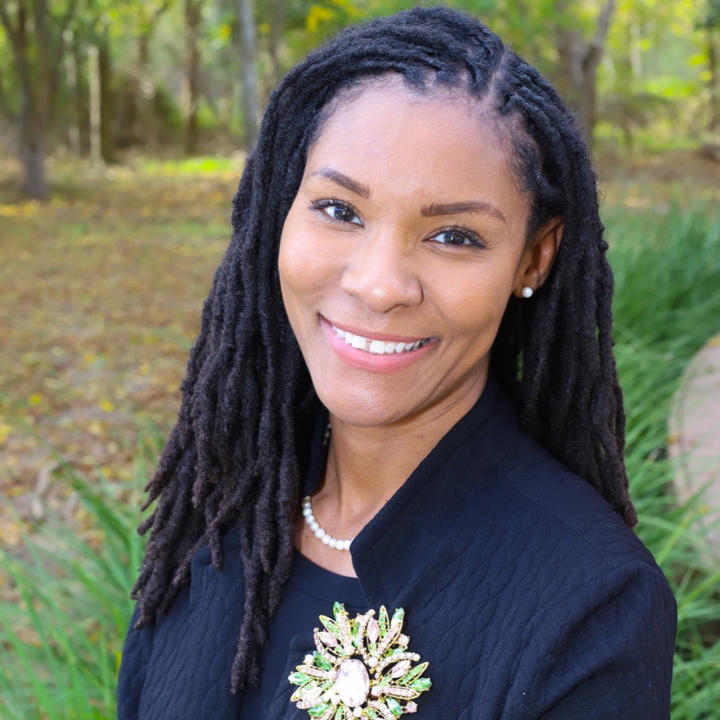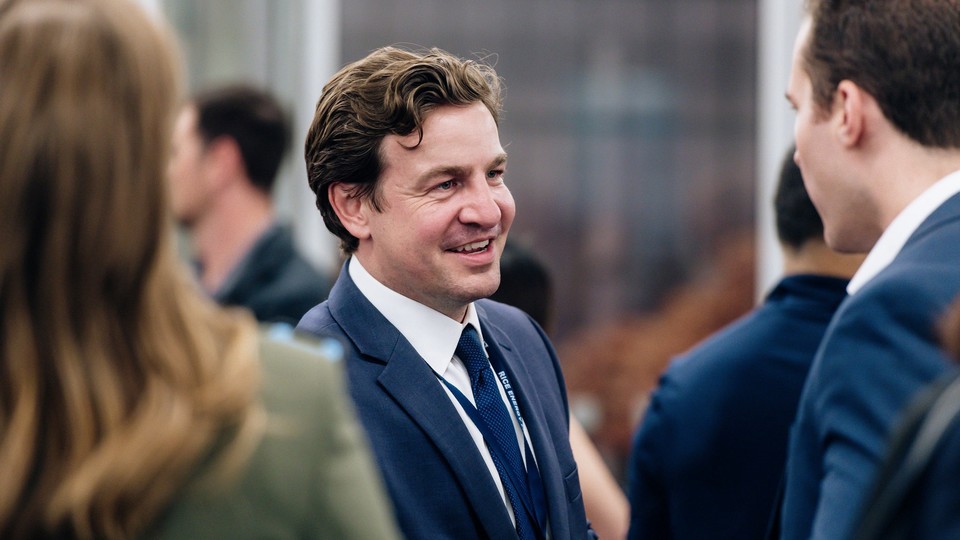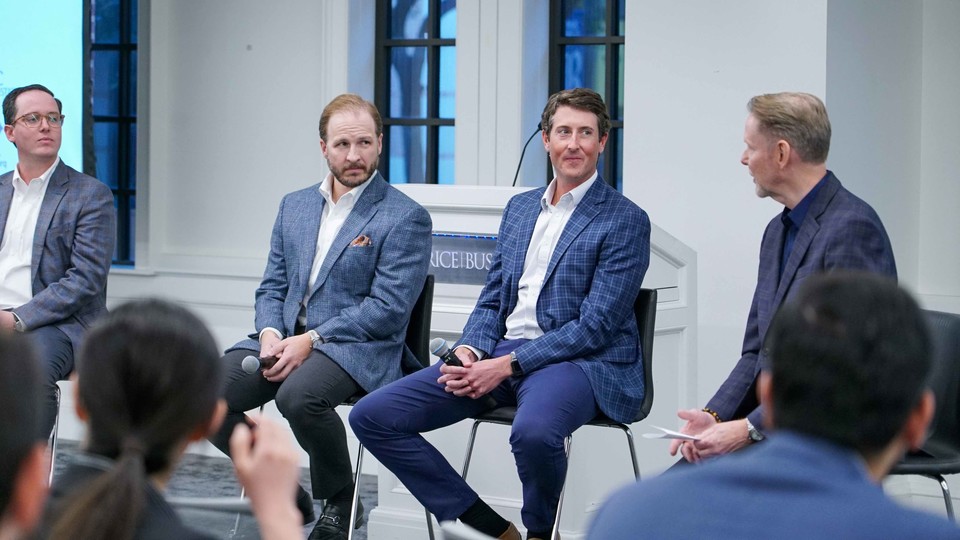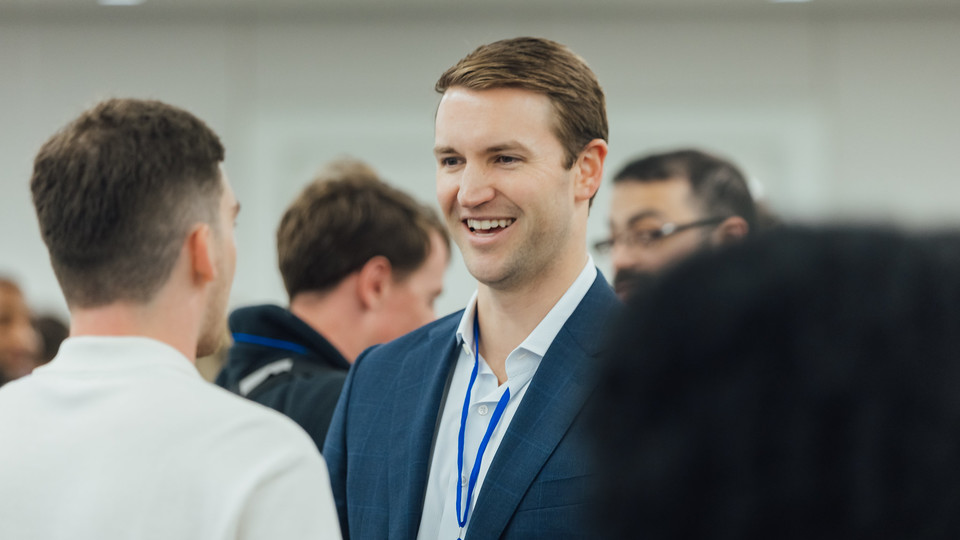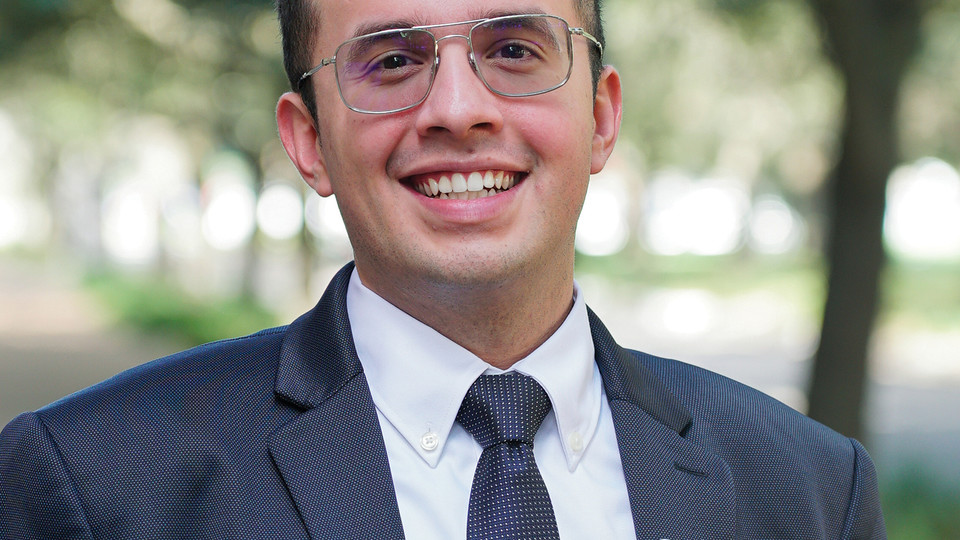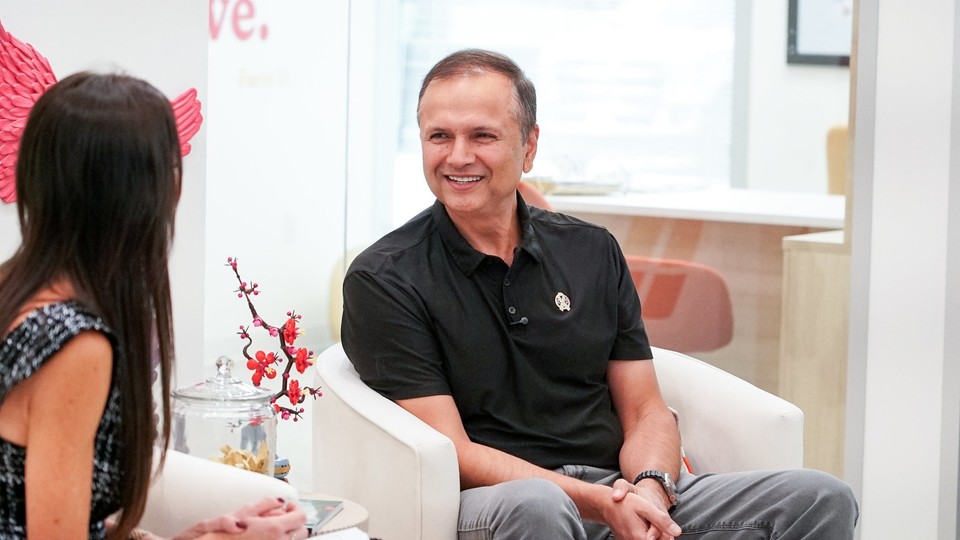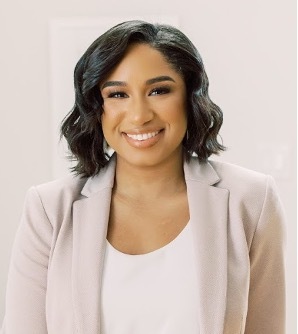
The U.S. MBA Programs With The Most International Students
Every business school in the top 25 (and many more outside of it) saw its foreign student numbers rise from 2020 — and most are up big.. Rice Business leaped more than 18 points to 39% international enrollment from 2020 to 2021.
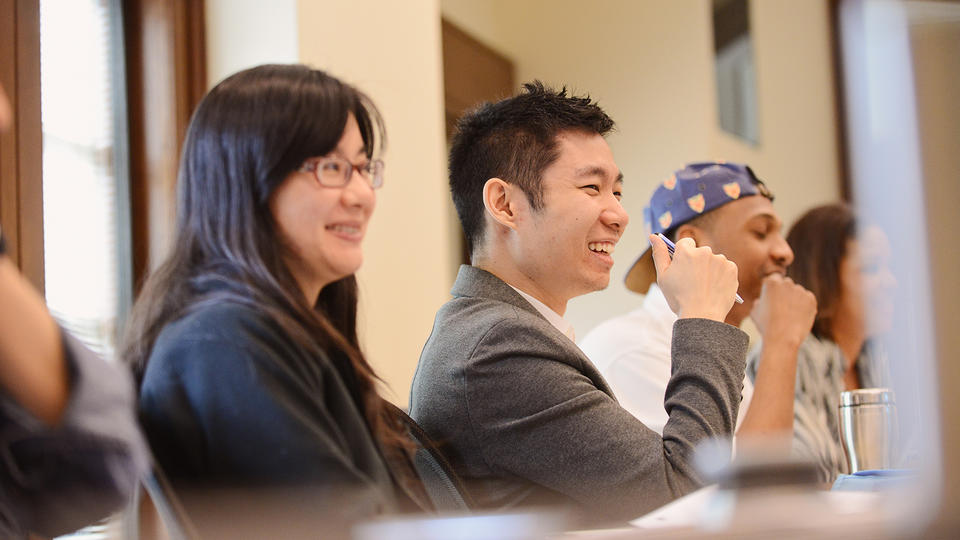
MBA@Rice Student Success: Achieve Your Post-MBA Career Goals
Your decision to earn an MBA means you’re serious about your career. So are we. Our number one goal is to help you elevate your career and help you design a personalized development plan.
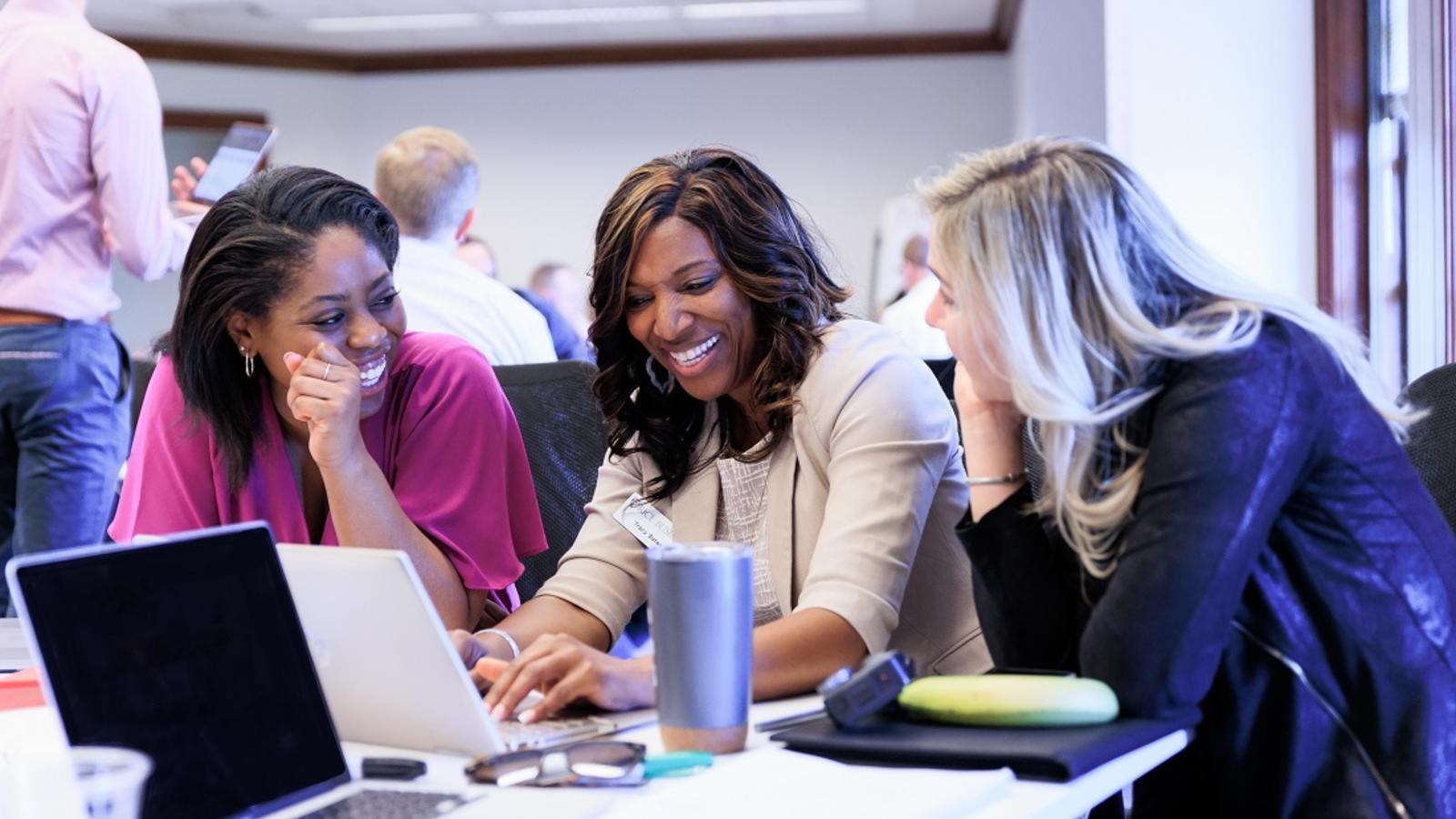
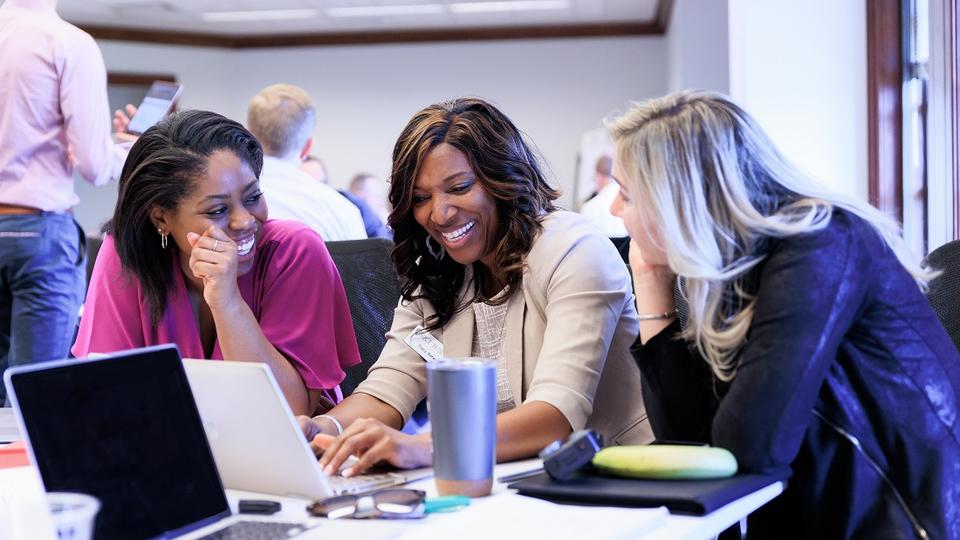
Your decision to earn an MBA means you’re serious about your career. So are we. At Rice Business, we are committed to supporting your career ambitions through our MBA career services.
At the Rice Business Career Development Office (CDO), our number one goal is to help you elevate your career, starting with defining your professional strengths and interests, areas of expertise and personal motivations. Then we use those insights to design a personalized development plan.
Whether it’s through one-on-one advising sessions or accessing a library of virtual tools, online students are fully supported throughout every aspect of the career planning process by the same career team that supports all on-campus MBAs.
You can sign up to attend info sessions through our career management system (12twenty). Our office educates employers on the different programs to create job postings that appeal to students with a variety of levels of work experience. For broader recruiting opportunities, you’ll be able to add your resume to various resume books that are made available to employers upon request.
Below is a list of resources that you can use to prepare for a promotion, pivot into a new industry and connect with the CDO.
Career Management Systems
We have two career management systems for MBA students: OWL Careers and Handshake, an app that connects students on college campuses with open positions, mainly internships and entry-level jobs. Similar to Handshake — accessible to all Rice University students — 12twenty is our career management system exclusively for MBA-specific opportunities. This portal allows students to register for career-related events, apply for internships and/or job opportunities, schedule weekly career advising sessions and view our company directory of more than 4,000 employer partners.
Interested in Rice Business?
Individual Career Advising
One key function of the CDO is to provide students with individual career advising sessions. Students can schedule weekly meetings with a coach to explore industries, develop a personal job search strategy, prepare for networking and interviews, and negotiate offers. We recognize the diversity of talent in the online program so coaching sessions allow for tailored services rather than a one-size-fits-all approach. These appointments can be scheduled via OWL Careers.
CDO Website: One-stop shop for your career support
From the CDO website, a centralized, career-focused website, students can explore information based on industry or career development topics. As a prospective student, you can see sample companies with job titles on the website that reflect our strongest employer partnerships. With that information, you can begin developing a target company list for a more strategic job/internship approach. While current students are encouraged to take advantage of individual coaching sessions, we acknowledge the time constraints that impact students’ availability and have developed a full-scale website for easy-access information. Essential portions of the website to explore include the Career Communities, Next Steps and Outcomes pages.
Virtual Career Course
To help students get better acquainted with CDO resources and the job or internship search process, we’ve developed a career course available in Digital Campus, our e-learning and course management platform.
This course includes eight modules discussing highly recommended resources and pertinent recruiting information. Students are automatically enrolled in the course their first quadmester and can access it throughout their time in the program.
External Job Boards
To adequately meet the diverse needs and interests of online students, we also recommend using external job boards such as MBA-Exchange and Relish. Both platforms feature internship and full-time job postings as well as employer-hosted events for additional networking opportunities.
Student Feedback
Don’t just take our word for it. Hear what our students have to say.
Jada Davis (Rice Online MBA)

"The CDO 'Industry-Specific Resources' webpage was incredibly helpful as I navigated the possible transition from engineering to consulting. I was able to get sample resumes, recent interview questions from other students and vault guides to consulting. I also found it extremely helpful to meet with Rayna to discuss strategy. I met with her as early as eight months before I was actually ready to search for new positions. Rayna helped me create a timeline and a plan to achieve milestones leading up to the consulting recruiting season. I recommend the CDO webpage, the career strategy meetings, CDO resume reviews, CDO mock interviews and the CDO portal (Owl Careers) with job opportunities and event reminders."
Chaundra Frank (Rice Online MBA)
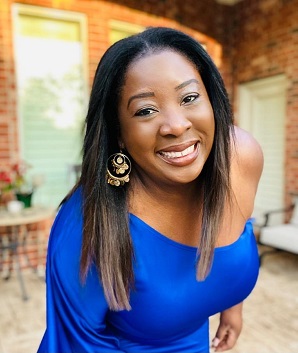
"The CDO was a major part of my MBA experience and a huge factor in securing my current position as VP of Finance at the Houston Botanic Garden. I am so glad that I took the initiative to incorporate the CDO in my daily task list. During my first few quads, I browsed through the website and got familiar with the CDO and all its offerings. I registered for as many information sessions as possible — even if I wasn't interested in the company — just to get my feet wet and learn how to navigate the recruiting process. When I was ready, I contacted Rayna and began to really focus on my career goals, and together we tackled what initially seemed like a daunting journey but turned out to be a beautiful blessing. Rayna and the CDO team were with me every step of the way from career assessments (which matched perfectly to my new position), consolidating my 20-year work experience into a one-page resume, conferences, interviews, salary negotiations and finally the celebratory phone call when I accepted my new position. Network, network, network! Talk to as many people as possible, get new perspectives and enjoy the journey! I appreciate everything the CDO provided for me and highly recommend their services!"
Final Thoughts
The CDO is committed to having a transformative impact on students’ lifelong career satisfaction and looks forward to working with you. You may access comprehensive outcomes for students on our website. For questions or additional information, please feel free to contact me.
You May Also Like
Keep Exploring
Restaurants face yet another challenge: rising food costs
Russia's invasion of Ukraine has only exacerbated the issue by skyrocketing the price of fuel, and as gas prices increase, that in turn drives up the cost of food supplies, said Dean Peter Rodriguez. “Since early 2021, we felt really acutely supply shocks in a number of key materials around the world."

CEOs Must Overcome Executive Disagreement To Drive Strategy
During 2017-21, Fortune 1000 companies paid senior executives more than $180 billion to develop and execute strategy. But execution requires that senior executives come to agreement on that strategy, and our research shows that this doesn’t always happen. Rice Business professor Vikas Mittal explains.

'Top Chef' gives us more reasons to brag on Houston with Nigerian food and dinosaur exhibit
Ope Amosu’s restaurant, ChòpnBlọk, bills itself as “a contemporary approach to traditional West African cuisine.” The Rice University MBA graduate’s modern fast-casual fare follows in the footsteps of many successful Nigerian and West African restaurants in the city.

Why Startup Founders Should Be a Bit Crazy feat. Lynn Lednicky ’91
Season 2, Episode 12
Lynn Lednicky graduated from Rice twice, getting an undergraduate degree in chemistry and then an MBA. He tells host Christine Dobbyn about the breadth of his career and how transferrable job skills can take you to places you might not expect. He also shares advice for startup founders and growth-stage companies.
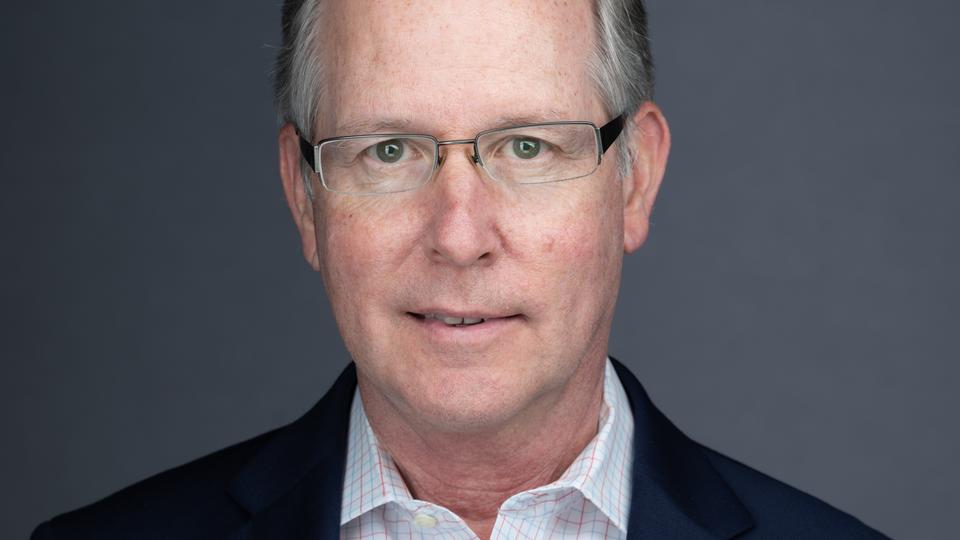
Owl Have You Know
Season 2, Episode 12
Lynn Lednicky graduated from Rice twice, getting an undergraduate degree in chemistry and then an MBA. He tells host Christine Dobbyn about the breadth of his career and how transferrable job skills can take you to places you might not expect. He also shares advice for startup founders and growth-stage companies.
Subscribe to Owl Have You Know on Apple Podcasts, Spotify, Youtube or wherever you find your favorite podcasts.
You May Also Like
Almost a year in, students and faculty discuss new business major
Last fall, the Jones Graduate School of Business added to its offerings for undergraduates by launching a business major. Rice undergraduates in the Classes of 2024 and 2025 can declare a business major with either a finance or management concentration.
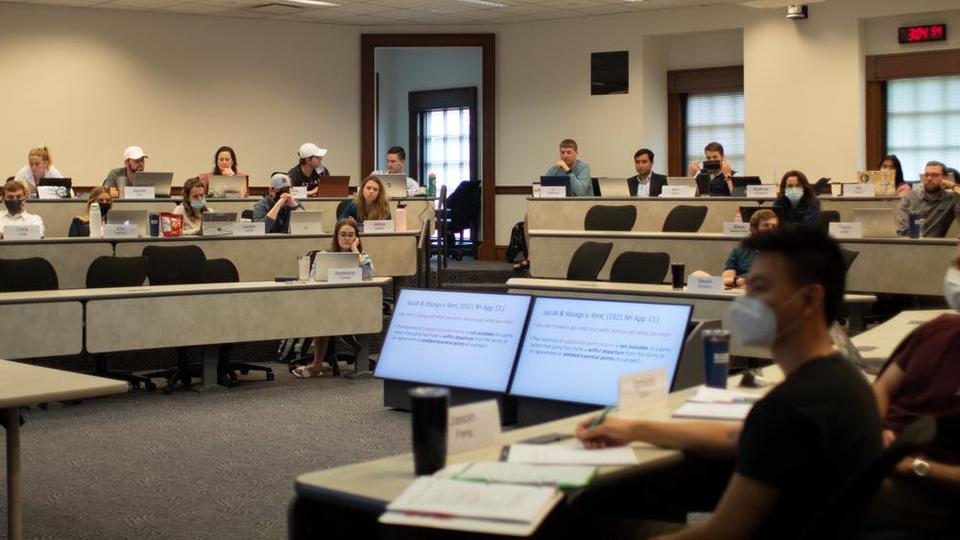
16 semi-finalists selected to complete in 2022 Veterans Business Battle
The semi-finalists will present to a panel of investors April 22. Judges will select the top four, who will pitch their ideas again on April 23 for a chance at prizes totaling $30,000 and financing opportunities.
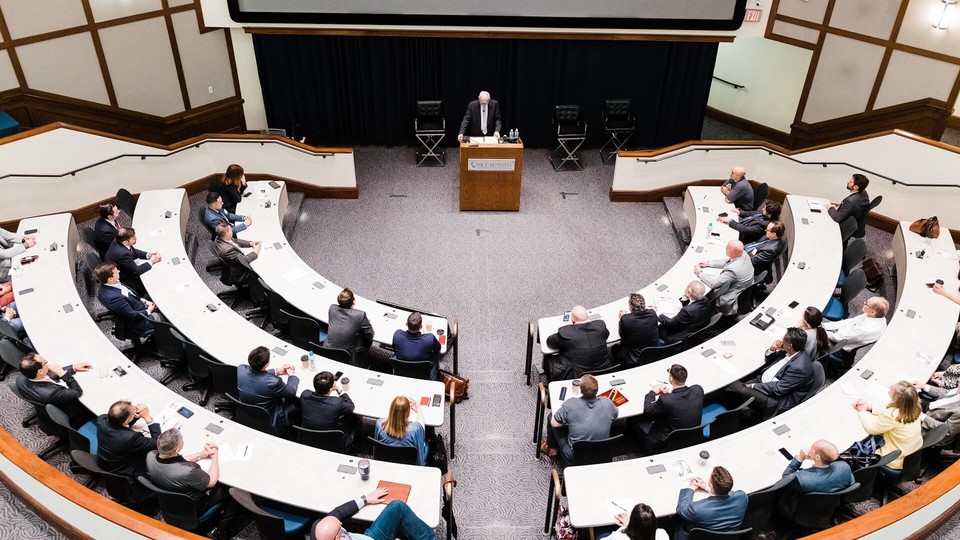
Research: VCs Reward Self-Presentation Over Qualifications
What matters more when investing in a startup? Expertise or self-presentation? Research from Rice Business professor Alessandro Piazza, doctoral candidate Sung Hun (Brian) Chung, and Daniel Reese provides an analysis of more than 4,000 firms, their founders, and their funders.

Semiconductor technology startup wins 2022 Rice Business Plan Competition
LIDROTEC, a student startup from RWTH Aachen University in Germany that aims to increase production in the semiconductor industry, took home the grand prize at the 2022 Rice Business Plan Competition (RBPC).
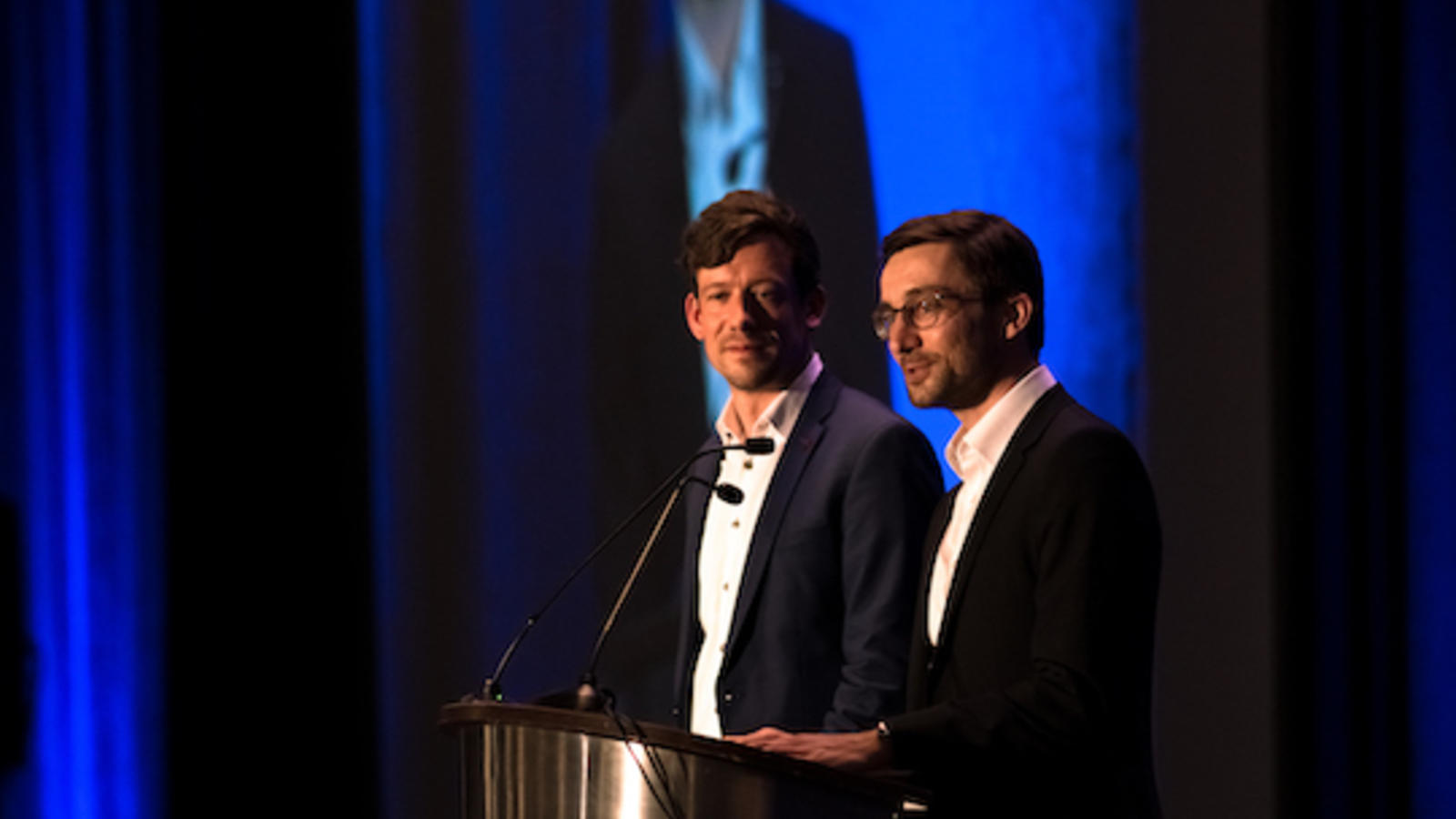
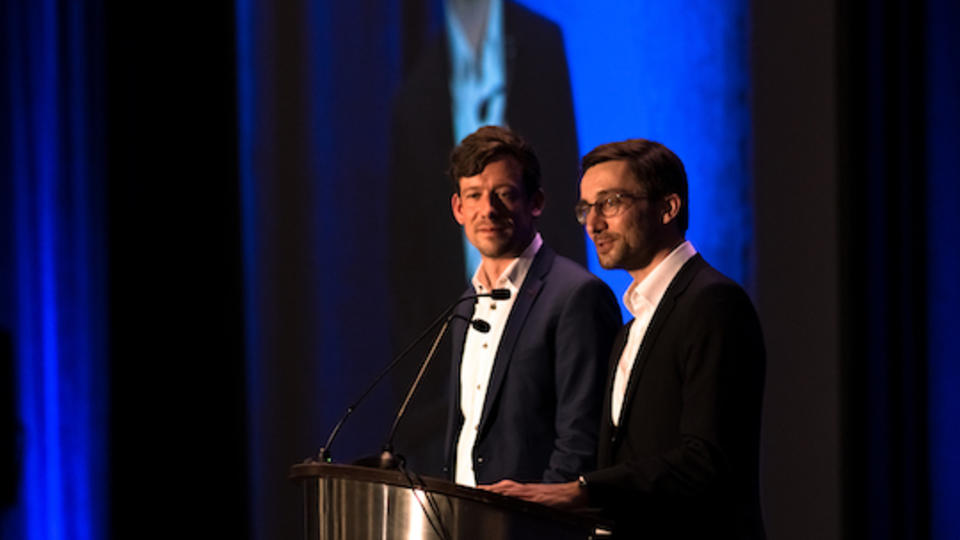
LIDROTEC, a student startup from RWTH Aachen University in Germany that aims to increase production in the semiconductor industry, took home the grand prize at the 2022 Rice Business Plan Competition (RBPC).
Amid semiconductor shortages worldwide, LIDROTEC says its technology can eliminate material waste in the cutting process during manufacturing, both saving money and increasing productivity.
The RBPC, hosted annually by the Rice Alliance for Technology and Entrepreneurship and Rice University’s Jones Graduate School of Business, is the world’s largest and richest student startup competition. This year’s edition saw 42 startups competing for more than $2 million in prizes.
The winners were announced at the conclusion of the three-day pitching, mentoring and networking event which included an Elevator Pitch Competition, Practice Round, Semi-Finals, Wildcard and Final Round. Compelling innovations presented by this year’s teams led sponsor companies to add a number of cash prizes at the last minute.
The 42 startups represented 34 universities from four countries, with 11 universities represented by two different teams. They were chosen from more than 400 applicants to compete in one of five categories: energy, clean tech and sustainability; life sciences and health care solutions; consumer products and services; hard tech; and digital enterprise.
The RBPC’s more than 250 judges act as — and most are — early-stage investors evaluating the startups’ potential. Teams pitch their businesses to investors, entrepreneurs, corporate executives and ecosystem partners during the event, then network and receive real-time feedback, advice and mentorship.
Significant prizes this year and the teams that won them include:
- $350,000 GOOSE Capital Investment Grand Prize — LIDROTEC, RWTH Aachen.
- $155,000 The OWL Investment Prize — Hoth Intelligence, University of Pittsburgh.
- $65,000 The OWL Investment Prize — Mallard Bay Outdoors, Louisiana State University.
- $50,000 The OWL Investment Prize — TransCrypts, University of Toronto and Harvard University.
- $250,000 TMC Innovation Healthcare Investment Prize — LymphaSense, Johns Hopkins University.
- $125,000 Softeq Venture Studio Prizes (two prizes) — Mallard Bay Outdoors, Louisiana State University; LIDROTEC, RWTH Aachen University.
- $100,000 Jon Finger and Finger Interests, David Anderson and the Anderson Family Fund, Greg Novak and Tracy Druce Second-Place Investment Prize — Hoth Intelligence, University of Pittsburgh.
- $50,000 Jon Finger and Finger Interests, David Anderson and the Anderson Family Fund, Greg Novak and Tracy Druce Third-Place Investment Prize — Invitris, Technical University of Munich.
- $100,000 Houston Angel Network Investment Prize — Hoth Intelligence, University of Pittsburgh.
- $100,000 TiE Houston Angel Group Investment Prize — LIDROTEC, RWTH Aachen University.
- $50,000 RBPC Alumnus, Thomas Healy, Investment Prize — LIDROTEC, RWTH Aachen University.
- $25,000 RBPC Alumnus, Thomas Healy, Investment Prize — Mallard Bay Outdoors, Louisiana State University.
- $10,000 RBPC Alumnus, Thomas Healy, Investment Prize — Bold Move Beverages, University of Texas at Austin.
- $40,000 nCourage Investment Group’s Courageous Women Entrepreneurs Investment Prize — Invitris, Technical University of Munich.
- $10,000 nCourage Investment Group’s Courageous Women Entrepreneurs Investment Prize — Pareto, Stanford University.
- $25,000 Southwest National Pediatric Device Prizes (two prizes) — Advanced Optronics, Carnegie Mellon University; EpiSLS, University of Michigan.
- $25,000 Urban Capital Network Investment Prize — Woobie, Brigham Young University.
- $25,000 IN2 Energy, Cleantech and Sustainability Prize — EpiFresh, Rice University.
- $25,000 Pearland Economic Development Corporation Spirit of Entrepreneurship Prize — Hoth Intelligence, University of Pittsburgh.
- $25,000 New Climate Ventures Investment Prize — Mantel, Massachusetts Institute of Technology.
- $20,000 OFW Law FDA Regulatory Strategy In-Kind Prize — Advanced Optronics, Carnegie Mellon University.
- $5,000 Eagle Investors Prize — LIDROTEC, RWTH Aachen University.
- $3,000 Nixon Institute Prize — LymphaSense, Johns Hopkins University.
- $3,000 DK Innovation Energy Prize — Mantel, Massachusetts Institute of Technology.
- $1,000 Mercury Elevator Pitch Competition Prize — EpiFresh, Rice University
The seven finalists based on the judges’ overall scores were:
- LIDROTEC, RWTH Aachen University — grand prize and individual prizes worth a total of $682,200.
- Hoth Intelligence, University of Pittsburgh — second place and a total of $386,700 in prizes.
Hoth Intelligence’s software uses augmented reality to let health care providers see “through” and “into” patients to guide procedures and reduce error. - Invitris, Technical University of Munich — third place and a total of $97,200 in prizes.
Invitris leverages synthetic biology to create novel therapeutics to treat antibiotic-resistant bacterial infections. - LymphaSense, Johns Hopkins University — fourth place and $258,000 in prizes, including the $5,000 Norton Rose Fulbright Fourth-Place Cash Prize.
LymphaSense’s wearable screening device is revolutionizing the way breast cancer patients are monitored for signs of lymphedema following treatment. - INIA Biosciences, Boston University — fifth place and the $5,000 EY Fifth-Place Cash Prize.
INIA Biosciences is developing a noninvasive, home-administered bioelectronic device to provide treatment following a kidney transplant. - Bold Move Beverages, University of Texas at Austin — sixth place and $15,000 in prizes, including the $5,000 Chevron Technology Ventures Sixth-Place Cash Prize.
Bold Move Beverages is an early-stage alcohol brand that combines coffee and whiskey to create Cold Brooze in two flavors. - Anise Health, Harvard University — seventh place and the $7,000 Shell Ventures Seventh-Place Cash Prize and Edward H. Molter Memorial Wildcard Prize from Egan Nelson.
Anise Health is a digital platform offering culturally adapted mental health care to racial and ethnic minorities, starting with Asian Americans.
All competitors also received:
- Entrepreneur Futures Network (EFN) mentoring: EFN mentors offered pre-competition mentoring and advice to each of the teams on topics such as refining a business plan, refining financial models and improving presentation skills.
- Amazon Web Services: Service credits for each of the 42 startup teams for two years.
- Palo Alto Software: Access to Live Plan presentation and analysis software
- Allianse: 3-month trial to investors and capital platform
For more information about the 2022 Rice Business Plan Competition, visit rbpc.rice.edu.
